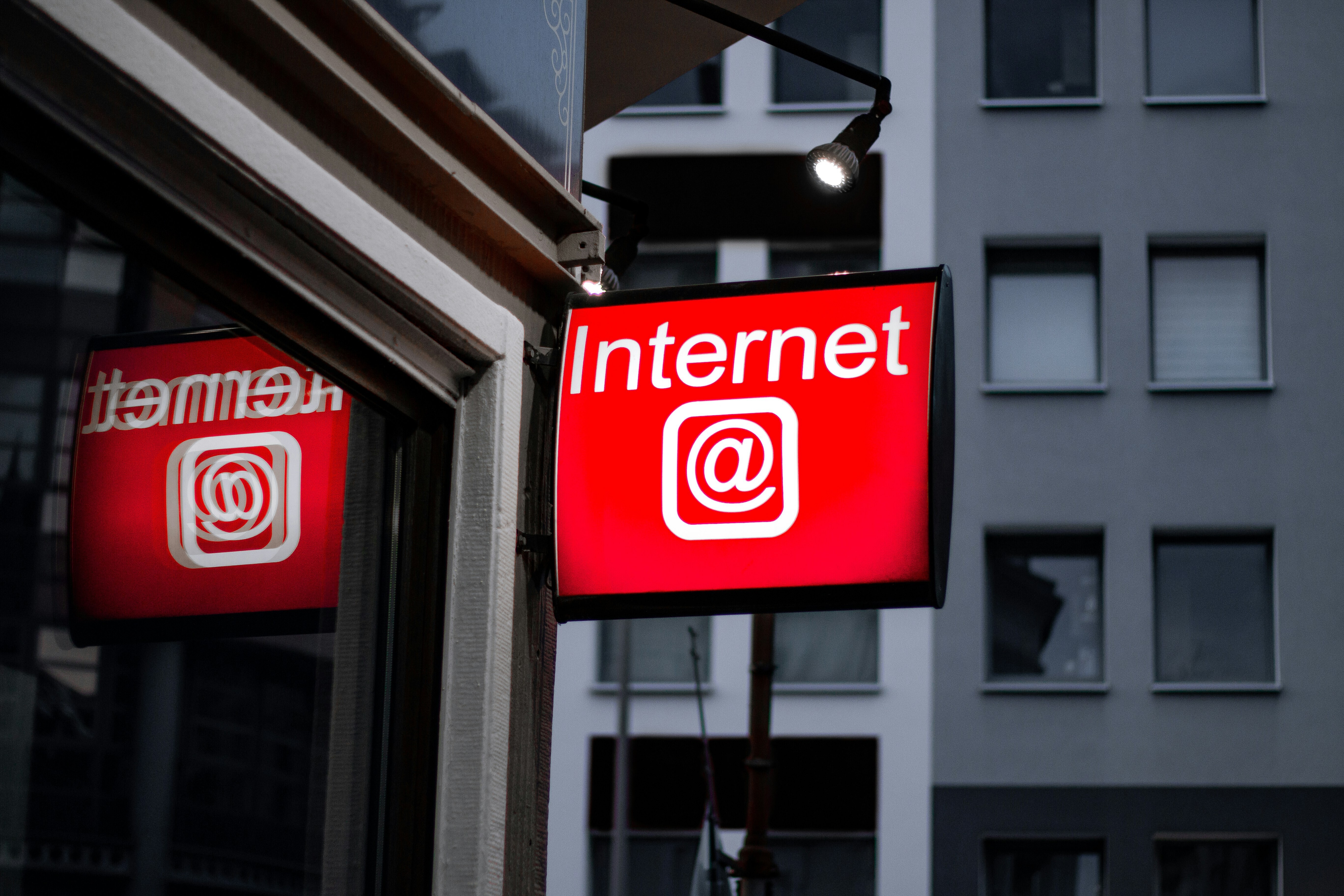The pandemic saw the rise of remote mental health care. It may be here to stay

The world of telehealth, specially for remote mental health is on the rise amidst the pandemic. Image: Unsplash/Avel Chuklanov
- Online therapy is expected to continue and grow as a form of mental health support.
- Concerns have been raised about losing the "human" connection over video calls and the associated difficulties with recognizing a patient's physical cues.
- However, other people argue that without of telehealth, many people would not have access to the mental support they need, or face delays in their treatment via traditional methods.
Running a small mental-health practice isn’t easy. In addition to working directly with patients, there are invoices to send out, privacy laws to comply with, credentials to maintain, offices to manage, and administrative staff to pay—not to mention marketing strategies to develop if you want to grow your practice based on more than word-of-mouth.
And now, with the rise of telehealth, there’s a whole new medium to consider.
Though plenty of patients will no doubt resume in-person sessions when it’s safe for them to do so, online therapy isn’t going anywhere. The question for mental-health practitioners is how ready they are to not just “make do” with Skype and Zoom sessions, and instead capitalize on the full potential of the technology.
Before 2020, if therapists were interested at all in telehealth, it was typically so that they could accommodate clients with mobility issues or tricky schedules, or to supplement their own practices by offering evening or weekend hours without needing to upend their commuting schedules. But the pandemic forced nearly everyone in the field to at least start experimenting with email, video calls, and online calendar apps.
Kristen Souza is a licensed mental health counselor who helps onboard therapists onto Choosing Therapy, a platform founded in January 2020 to manage the business end of mental-health practices. “Nearly every therapist I onboard these days views teletherapy as an essential part of their practice and an important part of increasing the accessibility of quality remote mental health care,” she says.
Many therapists first developing a remote practice run into the same kinds of problems faced by people in any field when they shift to remote work, she notes. “[T]here’s new software to learn, all communication is happening through email so emails are piling up, wrangling calendars and appointments [feels like] a full-time job, and it seems like everything you do is triggering an alert or pinging a reminder. It’s a lot and can be overwhelming,” she says.
But as therapists get more comfortable with their digital setups, they’re becoming more nuanced in their approach. “[T]here are a few clinical questions that arise more frequently now during onboarding than before the pandemic,” Souza says. “Those tend to focus on what modalities are particularly effective via telehealth, and how to set and maintain healthy professional boundaries in an online venue where the clients may have expectations of communication that’s more immediate, 24/7, and casual than it tends to be” than in typical healthcare settings.
Comparing telehealth to in-person mental health care
Skeptics argue that by connecting over a teleconferencing platform, therapists and their clients might lose the “human” connection they traditionally shared. Moreover, they say, mental health professionals may not as easily key in on body language or other tells that a client is in crisis. Art Cooksey, CEO and founder of telehealth technology provider Let’s Talk Interactive, has a counter to these concerns: “Telehealth technology provides more eye contact and facial cueing, because you’re not monitoring the rest of the body,” he says.
Less subjective are the cost comparisons between physical and online practices, along with the number of people who are able to be treated when online care is an option.
“[T]elehealth has allowed us to continue to provide care to thousands of patients, who otherwise would not have been able to receive the mental health care they needed,” says Casey Tallent, director of collegiate and telebehavioral health initiatives at Pathlight Mood & Anxiety Center. The Chicago-based company has residential or outpatient care centers in California, Colorado, Illinois, Texas, Ohio, Maryland, and Washington, along with a virtual care team. It has been offering remote care for the past four years and is now expanding its virtual outpatient programs for mood, anxiety, and eating disorders. “We are about to enter a mental health pandemic,” Tallent says, “and the need is greater than ever.”
Remote mental health care is here to stay
Helping along the growth of remote therapy are laws currently in 43 US states and the District of Columbia that govern private-payer reimbursement for telehealth. “Now that payers are much more on board for telehealth, we can greatly expand access to mental health care through telehealth to meet the current and growing demand,” says Tallent.
Brad Kittredge, the founder and CEO of Brightside, is particularly excited about the speed with which patients can find remote care through his mental-health app and other digital entrants to the field. “It’s common to have to wait months for an appointment through traditional channels, delaying much needed care for so many people,” he says.
What is the World Economic Forum doing about mental health?
Because of the access, quality, and cost advantages of remote mental health care, Kittredge expects that within five years roughly eight out of ten mental health encounters will happen remotely. “While fewer than half of people with depression get any care today, the rise of remote care will allow more people to get the mental health care they need,” he says.
Don't miss any update on this topic
Create a free account and access your personalized content collection with our latest publications and analyses.
License and Republishing
World Economic Forum articles may be republished in accordance with the Creative Commons Attribution-NonCommercial-NoDerivatives 4.0 International Public License, and in accordance with our Terms of Use.
The views expressed in this article are those of the author alone and not the World Economic Forum.
Stay up to date:
Mental Health
Forum Stories newsletter
Bringing you weekly curated insights and analysis on the global issues that matter.
More on Wellbeing and Mental HealthSee all
Dylan Reim
October 29, 2025







